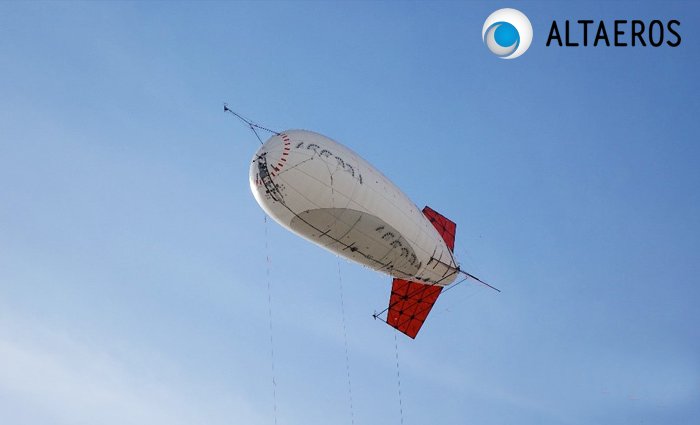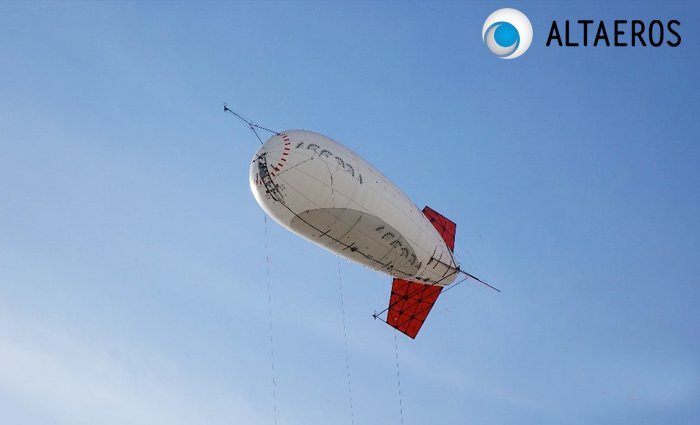MIT-founded Altaeros has received an additional USD $7.5 million investment from SoftBank to deploy and scale its SuperTower wireless broadband internet connectivity solution.

SuperTower is a helium-filled tethered aerostat with a lightweight communications payload. Deployed at an altitude of around 250 metres, it's capable of providing broadband coverage equivalent to a network of up to 30 conventional cell towers.
Altaeros says SuperTower will enable the expansion of LTE and future 5G networks to rural communities at a fraction of the cost of conventional connectivity infrastructure - in half the time and with significantly lower energy consumption.
“We are excited to continue our strong partnership with SoftBank to support our mission of enabling affordable, state-of-the-art telecom services for rural communities across the world," said Altaeros CTO and CEO, Ben Glass. "The SuperTower will help carriers connect the phones, cars, and devices of the future, wherever they may be.”
SuperTower can be inflated and deployed in under 24 hours and does not require a crane or concrete foundation for its installation. As well as permanent rural networks, the solution can be used for temporary disaster relief and special events.
SuperTower Is Super Tough
The Altaeros SuperTower is designed to survive winds of more than 160 kilometres per hour. It is protected from lightning current surge by a secondary conductive path within SuperTower's electromechanical tether. In the case of particularly nasty weather, a system has been developed whereby the aerostat can autonomously dock and then redeploy after the storm passes.
The Altaeros SuperTower is resilient to small punctures as the internal pressure of an aerostat is only slightly more than the surrounding environment. In the case of a large puncture, the aerostat will dock autonomously.
For safety reasons, the Altaeros SuperTower has three load-bearing tethers; each of which can keep it anchored. In the unlikely event all three tethers are compromised, helium will be automatically vented to enable a slow descent to the ground.
Given its autonomous nature, SuperTower doesn't require any crew for day-to-day operation and is remotely monitored.
The first SuperTowers are expected to be deployed in rural areas next year.
As well as SoftBank, other backers of Altaeros have included Mitsubishi Heavy Industries, the U.S. Department of Agriculture and the National Science Foundation.
Another internet connectivity solution using a balloon-type approach, but in a very different way, is Google's Project Loon.



